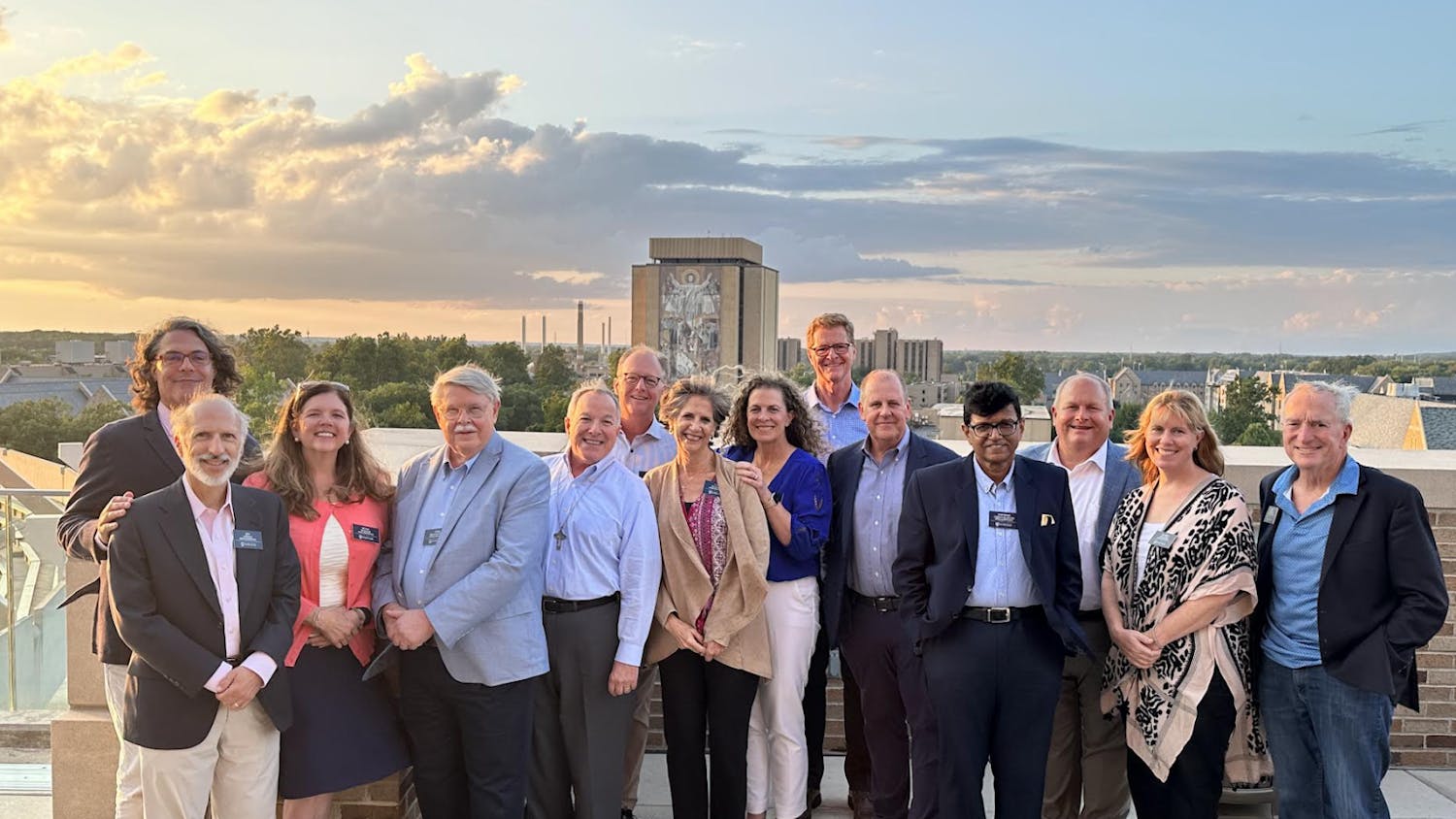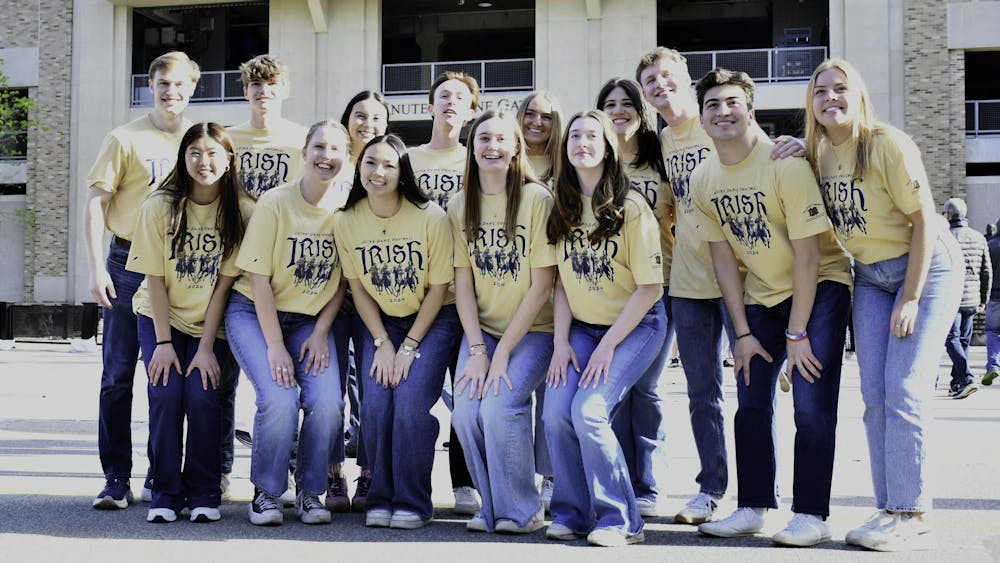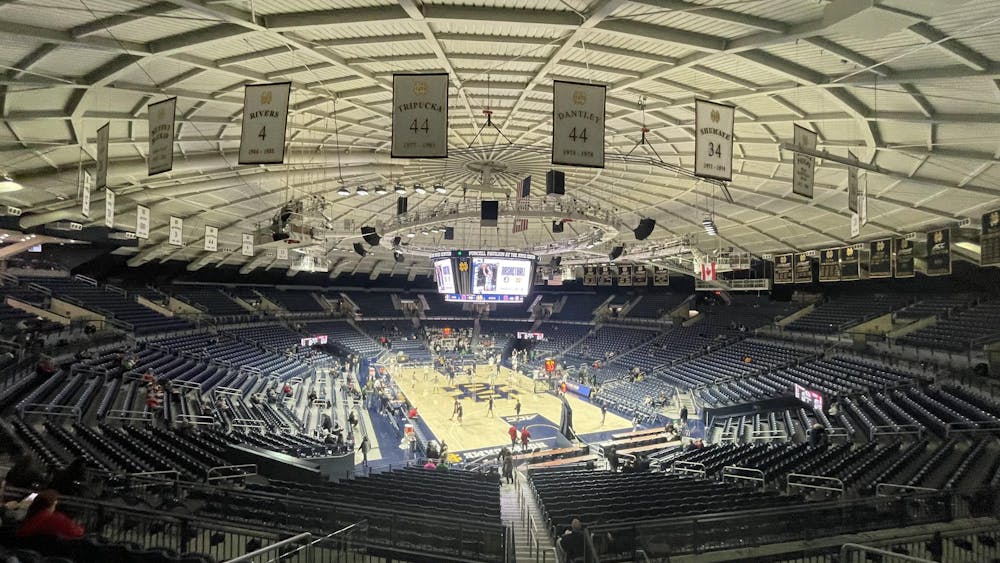K. Andrea Rusnock, associate professor of art history at Indiana University South Bend, spoke about the importance of art exhibitions for the Soviet Union in a lecture in DeBartolo Hall on Thursday.
Exhibitions have historically served as a way to promote a state’s achievements on a large scale, Rusnock said.
“Exhibitions in the Stalinist period gave the public access to art and culture and politics, while at the same time shaping these perceptions,” Rusnock said. “While these seem to be leisurely activities, they were educating the masses about the achievements of Stalinist society through Socialist realist art and other sanctioned visual materials."
Rusnock said particularly in the Stalinist period, the Soviet Union built monumental exhibitions to demonstrate the successes of the state on an international level.
“These were a means of proselytizing the virtues of the Soviet system to worldwide audiences,” she said.
Rusnock said the 1937 International Exhibition in Paris presented a particular opportunity for the Soviet Union to demonstrate its ideological dominance, as the Soviet pavilion was built directly opposite the German one.
“Mukhina’s famous sculpture 'Worker and Collective Farm Woman' is atop the pavilion facing off against the German pavilion across the road,” Rusnock said. “They stand poised ready to vanquish anything in their path, specifically the Germans.
“The presence of the Soviet pavilion and its towering statue served as a beacon to signal to all the world what was best about Stalin’s Soviet Union on this anniversary."
Rusnock said the All Union Agricultural Exhibition, established in 1939, was the Soviet Union’s most ambitious attempt of the decade to portray the Stalinist collectivization in a positive light.
“It remains the premier example of the Soviet government’s utilization of architecture and space as the tool for extolling the success of collectivization, and hence the achievements of Stalin’s Soviet Union,” Rusnock said.
The central piece in the exhibition was a large statue of Joseph Stalin, symbolic of his authority and power, Rusnock said.
“Stalin literally and figuratively dominated the exhibition space," Rusnock said. "From his great height dressed in his long grey coat, he looks down on the populace with a slight smile, as if to signal he is the benevolent father of Soviet farms and farming."
Rusnock said the exhibition also featured a steel and glass mechanics pavilion, to represent the technological progress spurred on by collectivization.
“The pavilion signaled industry, modernity and the industrial prowess of agrarian life in the Soviet Union,” she said.
Rusnock said some of the artwork featured in the exhibition was mass-produced to circulate and promote these depictions of Soviet success.
“The actual works of art could be owned by the public. ... You could take it out and own it at home,” Rusnock said. “A lot of these images were also reproduced as postcards, so you could send socialist greetings to family and friends.”













